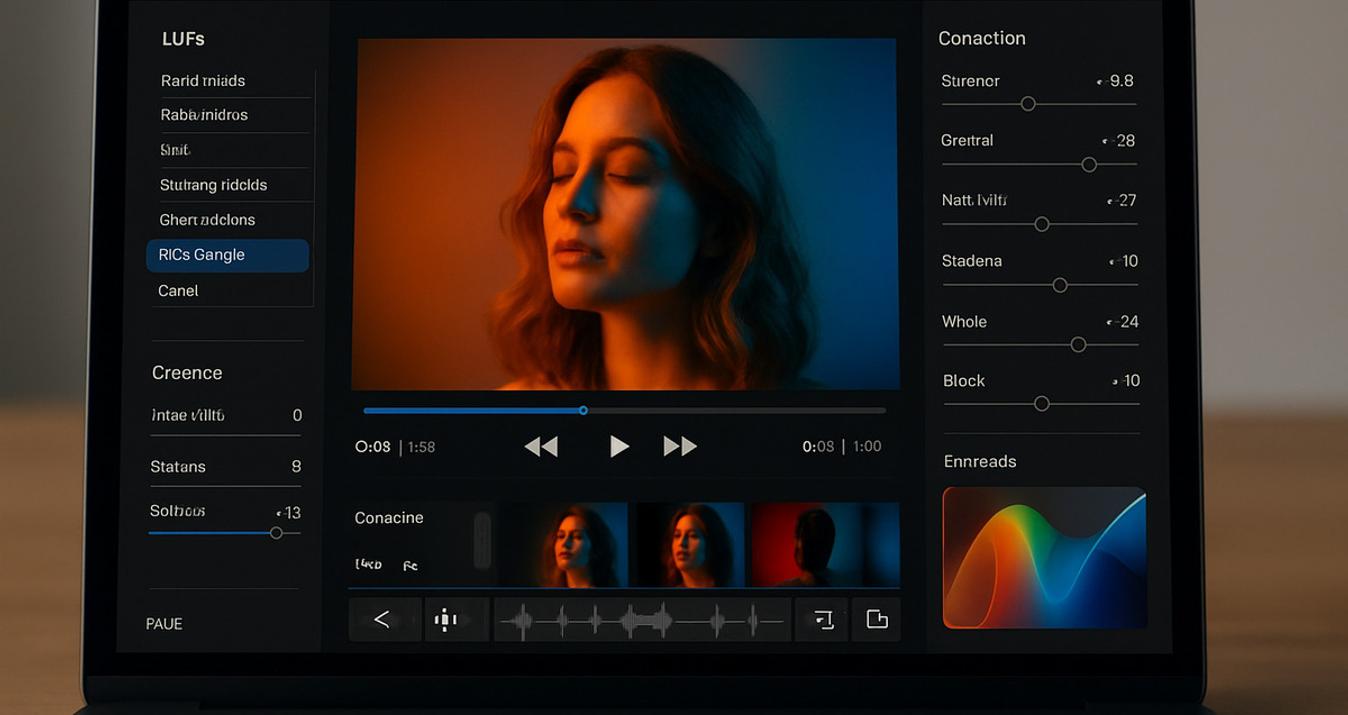Canon Lens Compatibility: A Comprehensive Guide
January 24, 2024

Welcome to our easy-to-follow guide on Canon lens compatibility! Have you ever wondered, "Do all Canon lenses fit all Canon cameras?" If so, you're in the right place!
We know that Canon has a lot of different cameras and lenses, and figuring out which lens fits which camera can be confusing. But don't worry; we're here to help you understand it all in a simple way!
In this guide, we'll talk about the different types of lens mounts that Canon uses, and we'll show you which lenses work with which cameras. Whether you're new to photography or looking to add to your camera bag, this post will make it easy to get your head around this lens system. Let's get started and clear up all your questions!
Canon Lens Mounts Explained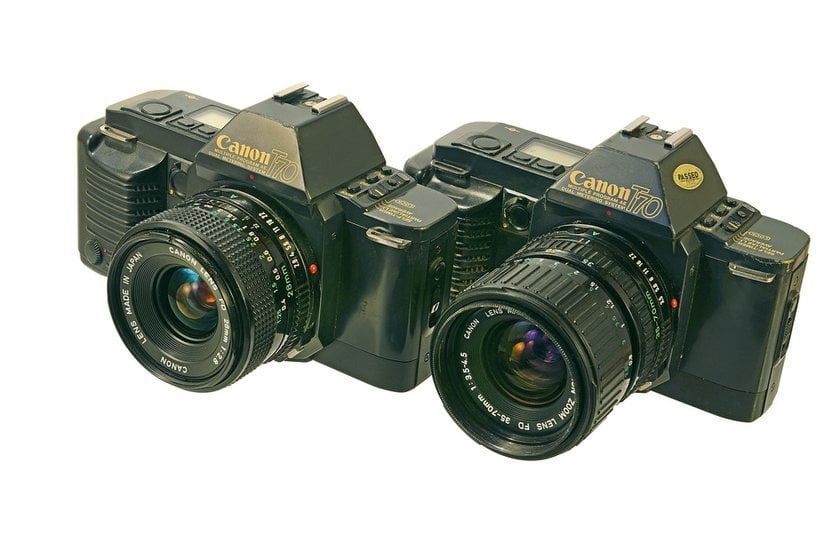
Just like you'd find in a Canon lens compatibility chart, we're going to provide you with detailed information on every Canon lens mount type. This way, you'll get all the essential details that you would typically see in a chart but with more depth and explanation. Let’s dive into each type:
EF Mount
The EF mount is a cornerstone of Canon's lens lineup and is known for its wide compatibility.
It works with both full-frame and APS-C sensor Canon EOS cameras.
EF-S Mount
Designed specifically for APS-C sensor cameras, EF-S mounts are a bit more specialized.
These lenses are known for their compact size and affordability, but they are not compatible with full-frame models.
RF Mount
RF mounts signify Canon's venture into mirrorless technology.
These lenses are made exclusively for the EOS R series of mirrorless cameras and are renowned for their advanced features and performance.
EF-M Mount
The EF-M mount is tailored for the EOS M series, Canon's compact range of mirrorless cameras.
These lenses are great for travel and everyday photography, offering a balance of size and quality.
Evolution of Canon Lens Mounts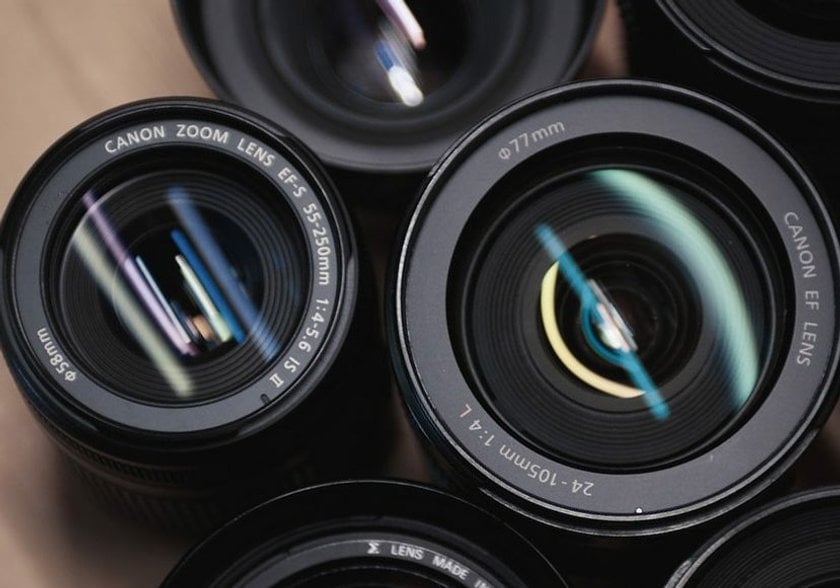
Canon's lens mounts have come a long way, reflecting the evolution of photography over the years. It all started in the 1970s with the FD mount, Canon's first major step, designed for manual focus on film cameras. Then, in the 1980s, Canon introduced the revolutionary EF mount, bringing autofocus into the picture. This made photography faster and easier, fitting a wide range of Canon cameras.
As digital photography took over, Canon continued to innovate. They introduced the EF-S mount for digital cameras with smaller APS-C sensors, offering lighter lenses optimized for these cameras. For their compact mirrorless series, the EOS M, Canon created the EF-M mount, focusing on portability without sacrificing image quality.
Also read: Best Laptops for Photo Editing on a Budget
The latest advancement is the RF mount, tailored for Canon's new mirrorless cameras. This mount showcases Canon's commitment to the future, featuring faster autofocus, a design that brings lenses closer to the sensor, and improved image stabilization.
Throughout these developments, Canon's journey mirrors the broader changes in photography, from manual to automatic, film to digital, always striving to equip photographers with the best tools for their art.
Understanding Lens and Camera Compatibility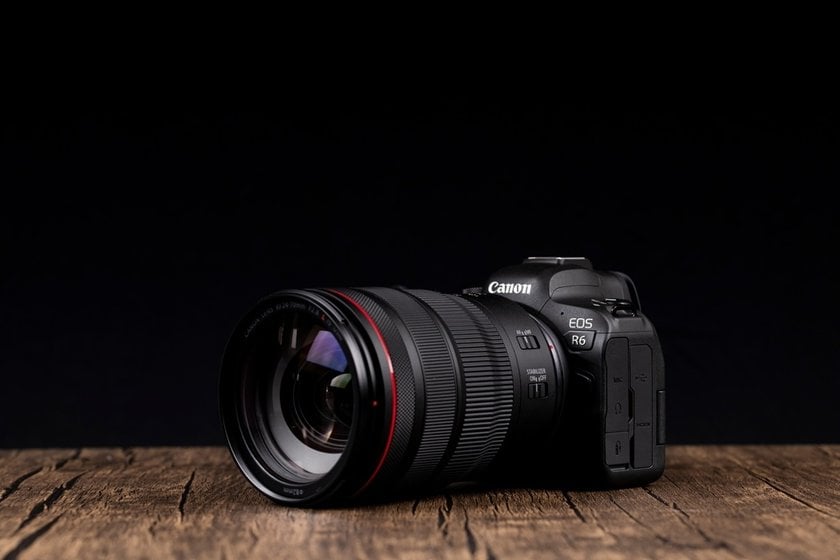
If you're wondering, "Are all Canon lenses interchangeable?" The answer is a bit more complicated than a simple yes or no. Let's break down which Canon lenses work with which cameras so you can figure out the best Canon-compatible lenses for your gear.
Cross-compatibility Between EF and EF-S Lenses
Canon has two main types of lenses: EF and EF-S. EF lenses can be used on both big (full-frame) and smaller (APS-C) Canon cameras. But EF-S lenses, which are made for smaller cameras, don't fit on the big ones. This is because they're designed differently to match the camera size.
Adapting EF and EF-S Lenses to Mirrorless Cameras
Now, Canon has these new mirrorless cameras with RF and EF-M mounts. Don't worry if you have older EF or EF-S lenses; you can still use them on these new cameras with an adapter. This means you can keep using your favorite lenses even if you switch to a mirrorless camera.
Things to Keep in Mind with Adapters
Using adapters is a neat trick, but remember a few things. They make your lens a bit longer, which might feel different when you're holding the camera. Also, the autofocus might not be as quick as before, especially with older lenses. But generally, adapters are a good way to make sure all your lenses can still be used, no matter what type of Canon camera you have.
So, while not all Canon lenses fit every Canon camera directly, with some help from adapters, you can mix and match a lot of them. This lets you use a wide range of lenses with different cameras, giving you more options for your photography!
Advanced yet easy-to-use photo editor
Get Luminar Neo NowTips for Choosing the Right Lens for Your Camera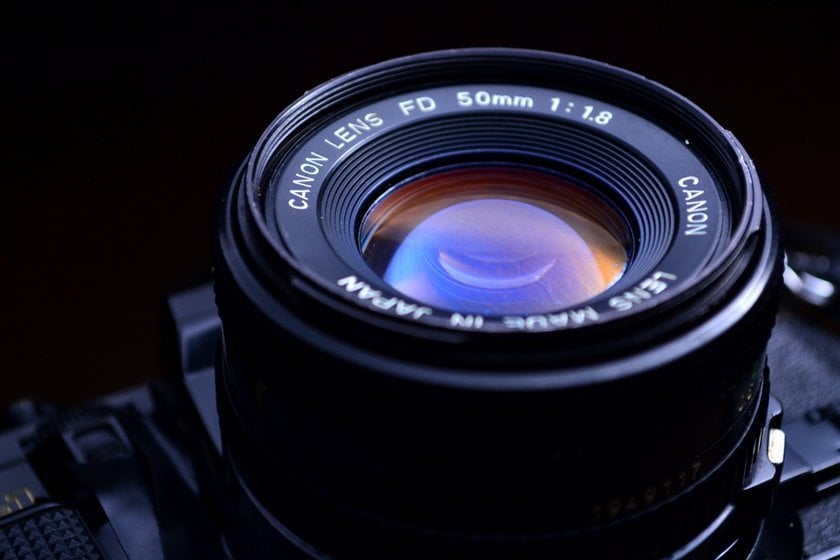
Picking the right lens for your Canon camera is super important, especially if you want to take great pictures. Here are some easy tips to help you choose the best lens:
What Do You Like to Photograph?: Different lenses are better for different things. For example, if you love taking pictures of landscapes, you'll want a wide-angle lens. If you like sports or animals, a telephoto lens is better.
Make Sure the Lens Fits Your Camera: If you have a big (full-frame) Canon camera, you can use any EF lens. But if your camera is smaller (APS-C), you need EF-S lenses.
Think About Size and Weight: If you travel a lot or don't want to carry something heavy, look for a smaller lens. For beginners, we've got a great article on the best Canon camera for photography beginners that you should check out.
How Much Can You Spend?: Lenses can be expensive, so set a budget. Sometimes, it's better to spend a bit more on a good lens than to keep buying new ones.
Read Reviews and Try Before You Buy: It's always a good idea to read what other people say about the lens and try it out if you can. This way, you'll know how it works in real life.
Think About the Future: If you think you might switch to a mirrorless Canon camera later, get a lens that will work with both types of cameras.
Remember, the lens you choose can really change your photos, so take your time and pick the right one. And if you're just starting out in photography, make sure to read our article on the best Canon camera for photography beginners for more helpful tips.
Enhancing Canon Photos with Luminar Neo
For Canon photographers looking to give their images that extra pop, Luminar Neo is the go-to tool. Its features are perfect to make a picture clearer and achieve a brighter picture. With Luminar Neo, you can easily brighten up your photos for a more vibrant and lively look. The Enhance AI and Relight AI tools are fantastic for this, allowing you to adjust lighting and exposure to bring out the best in your images. Whether it’s a landscape or a portrait, these tools help you get the perfect lighting every time!
If you've ever taken a photo that's a little blurry, Luminar Neo's Supersharp AI is here to save the day. It’s designed to make a blurry picture clear, restoring the sharpness you intended. This tool is especially useful when you're dealing with motion blur or a slight camera shake. With just a few clicks, Supersharp AI can analyze your photo and correct these blurs, giving you a crisp and clear image.
Using Luminar Neo is simple. Once you've got the Supersharp AI Extension, it’s easy to apply it to your images. You can choose from settings designed to reduce general blur or motion blur and select the level of sharpening strength that your photo needs. In just a few seconds, the AI works its magic, transforming a blurry shot into a sharp, focused picture. This and other AI tools make Luminar Neo a valuable tool for Canon photographers, ensuring your photos always look their best!
Conclusion
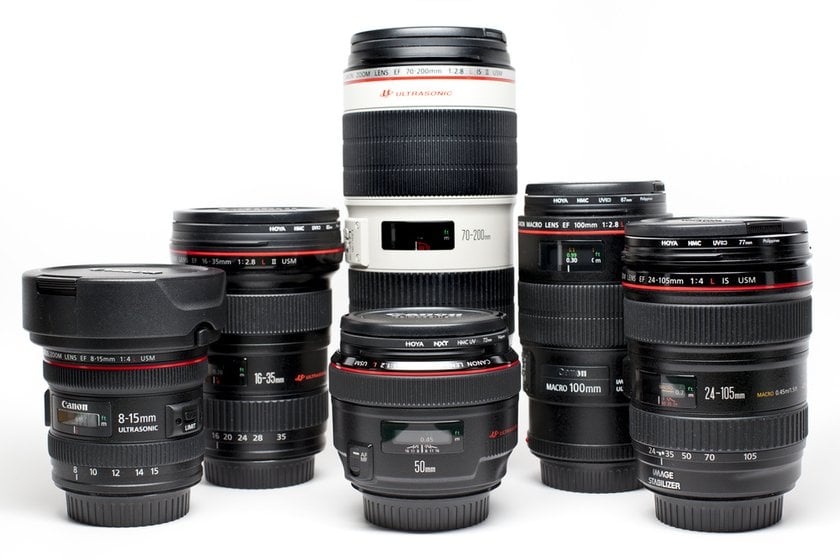
That's a wrap on our guide to Canon lens compatibility! We've covered a lot, from understanding different Canon lenses to matching them with the right cameras. Whether you're new to photography or expanding your skills, knowing which lens to use can really boost your photos.
We talked about how you can use different lenses like EF, EF-S, RF, and EF-M with your Canon camera. Sometimes, you might need an adapter, but it's a great way to use more lenses. And don't forget about editing your photos to make them look even better. With tools like Luminar Neo, you can brighten up your pictures and clear up any blur.
For those of you still deciding on a camera brand, you might find our other post on which is better, Canon or Nikon, helpful, especially as it relates to lens options and camera compatibility.
So, go ahead and experiment with your Canon camera and lenses. There's so much you can do, and now you've got the know-how to start.
Happy shooting, and have fun making amazing photos!








